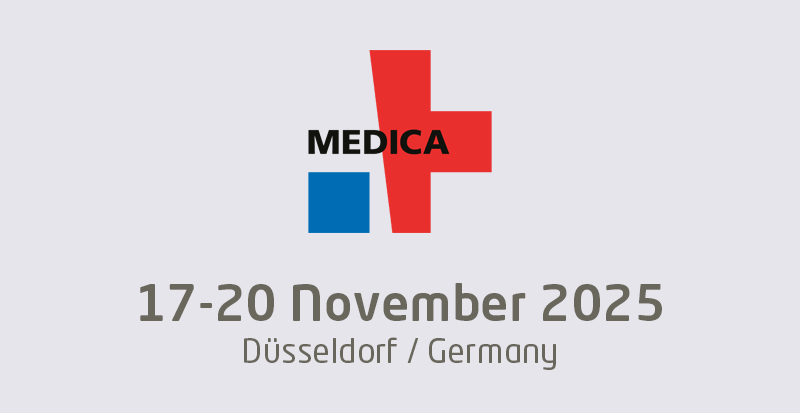3 Ways Hospitals Should Control Their Data
On one front, hospitals center around people: the medical staff that treats patients and the ill who require attentive care. From that perspective, the building appears more about humanity than numbers. However, hospitals, without a doubt, are integral facets of science, places that accumulate massive amounts of personal and medical data. They collect details about people’s finances, insurance policies and test results. What happens to this information? How do staff keep it secure and use it wisely? Patrons expect a level of privacy, especially in regards to their health. Hospital administration, then, must take care to safeguard it in the best ways possible. The following are three ways they could effectively store and protect the organization’s data.
Delineate Clear Access Expectations
Hundreds of employees could access your network daily, gaining entrance to a vast collection of information. While some staff members may remain quiet on their own, other people require specific directives about how they should behave on systems, what they may share and where they may go. Establish a clear set of protocols, written out and provided to anyone with the ability to go into the data system. Remind employees that this information is personal and private, and they should share it with anyone other than the patient, the patient’s family, and the immediate medical staff. Consider minimizing who can get into a patient’s online file and limiting how long they may stay on the screen. After a certain amount of time, the system should ultimately shut off, requiring password renewal.
Workers that break with these expectations not only violate the hospital’s standards but they could breach the Health Insurance Portability Act.
Rely on Effective Data Collection Tools
Doctors previously wrote out information in files that rarely moved from place to place. The report did not go far with this approach, remaining in one place for that professional to reference again. Modern technology permits patients to grant other medical offices access to test results, observations and diagnoses. The collaboration among peers provides for further analysis that could assist in recovery and proper medical attention. Therefore, staff should have access to easy-to-use data collection tools. Doctors and nurses should be able to note anything they need and amend observations and prescriptions without hassle. People come on and off shift. During these transitions, they could replicate something in a chart that, in the long run, could cause confusion. Proper editing tools that efficiently remove duplicate rows permit people to assess and correct, avoiding long-term errors.
Invest in Network and IT Support
Hackers break into networks to garner private information, useful for financial gain. Hospital networks house credit card data, social security numbers and bank account specifics. Getting into the system permits these criminals to harm people’s credit rating, rack up charges or create false identities. Protecting the data isn’t just about medical privacy; it’s about allowing people to feel safe long after using their institution. Work with an IT support team to establish a secure network for your data collection tools. Update it regularly to mitigate possible exposures. Discuss with this group any concerns you have about usage. For instance, patients may access a free Wi-Fi connection, going to sites that staff would discourage. You cannot dictate patient access, but you could collaborate with the IT team to find ways to reduce these troubles and maintain an internet connection that keeps people engaged and your data protected. Perhaps the network could block extremely vulnerable websites. In addition, you may require a signature to enter the internet. Patrons then must agree to security rules.
Data attacks happen, exposing the hospital and patient; therefore, the administration should control data carefully. Use discretion with who may access the files and the overall system and establish time limits for working on the documents. Along with restrictions, put together a team of professional IT experts to oversee your security measures. Regular updating of policies and the network itself could prove valuable in limiting and getting ahead of potential problems.

























